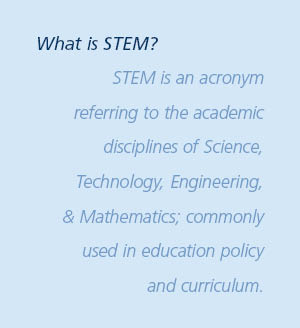 STEM education is critically important to today’s and tomorrow’s economy. Much has been written about this subject in leading publications and the need for more STEM educated people in the workforce in the future. As much as we’d like to just work on the tail end of the STEM timeline – by offering scholarships and expanded University programs – the realities are that STEM education starts in the early years.
STEM education is critically important to today’s and tomorrow’s economy. Much has been written about this subject in leading publications and the need for more STEM educated people in the workforce in the future. As much as we’d like to just work on the tail end of the STEM timeline – by offering scholarships and expanded University programs – the realities are that STEM education starts in the early years.
Well before college, our future leaders are making career path decisions, based on whether they can understand STEM subjects, and if they are even inspired by the job opportunities in STEM fields. Right now, American students are lagging behind their global counterparts in STEM subject performance, and they are not showing great motivation to invest in subjects like math.
Lighting the Fire
To help meet this need, a non-profit organization called “Light the Fire” was started last year in the Seattle area. Their purpose is to, “generate excitement around math, science, and engineering in middle and high school students . . .“ by fostering, “. . .a dynamic collaboration between teachers at middle and high school levels and professional societies/organizations.” I like to think of this organization as one of those “Think Globally, Act Locally” groups. We know we have a global problem getting STEM educated people in our future economy, and we can act locally by reaching out to kids today and letting them see the excitement in STEM careers.
Meeting the Students
Reid Middleton was privileged to be asked to participate in one of their first events, an Engineering Day at Washington Middle School in Seattle. Engineers from government and the private sector made themselves available in the school’s gymnasium, talking with students about what engineers do, what they enjoy about their jobs, and answering the kids’ questions. Erik Bishop and I were there for Reid Middleton and primarily addressed structural engineering. Tables were set around the gymnasium, and groups of students spent about 10 minutes at a few of the tables they were most interested in. All of the 1,000 plus students attended at some point during the day.
The gymnasium is a reinforced concrete structure with large beams in the gymnasium. We started by having them look to the ceiling, appreciate the beams in the building and how the loads are carried to the ground, and then demonstrated the strength of reinforced concrete by having them press and feel the strength on a very cracked and lightly reinforced beam model, explaining that as engineers using calculations, they too can size concrete and reinforcing steel to create strong yet cost effective buildings.
Next, we had them watch a demonstration of the natural building frequency, and realize how earthquakes of different frequencies affect buildings differently, and that an engineer’s job is to understand this to design the structure properly.
Finally, we had a demonstration of a building monitoring system (a part of Reid Middleton’s Rapid Evaluation Assessment Program). This system can report in real time if the building is safe or not immediately after an earthquake, using accelerometers. We explained that through calculations, we can convert the measured acceleration to velocity and displacement – the part that really matters to the structure. We also talked how the displacements were displayed on the computer as function graphs – exactly what many of them were working on in their math classes.
After an exhausting six hours of non-stop presentations (our personal “Hats Off” to the Middle School teachers who do this day in and day out), we felt by acting locally and engaging our future generation, we are doing our part to encourage their interest in STEM education and motivate them to become our next engineers.

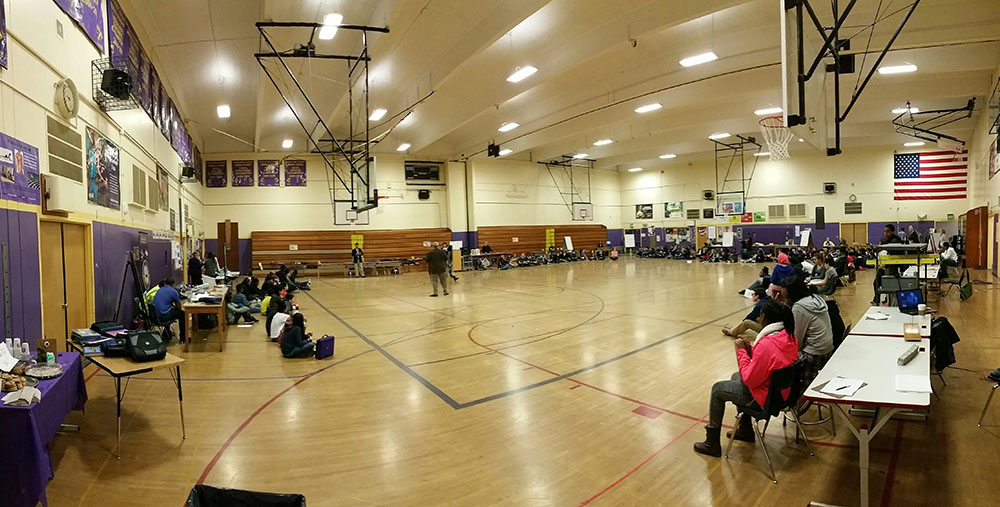
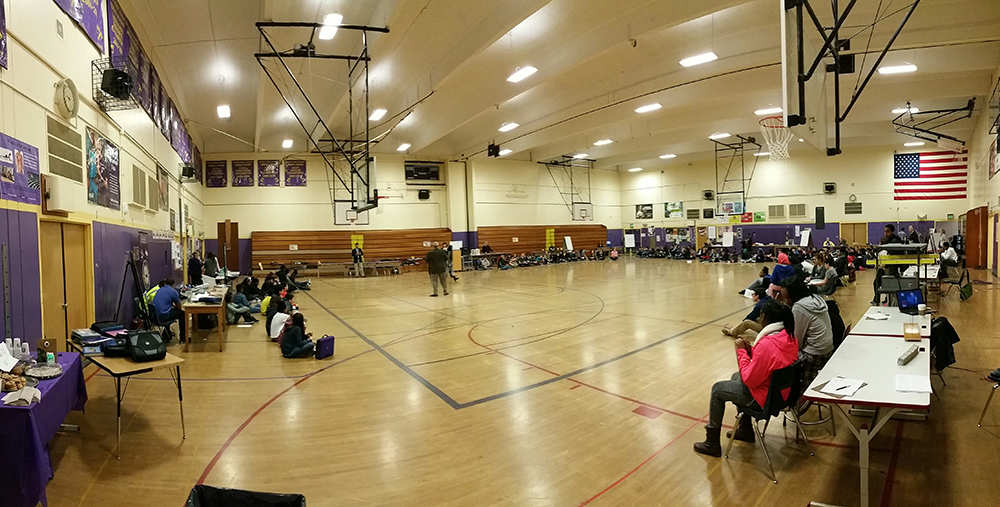
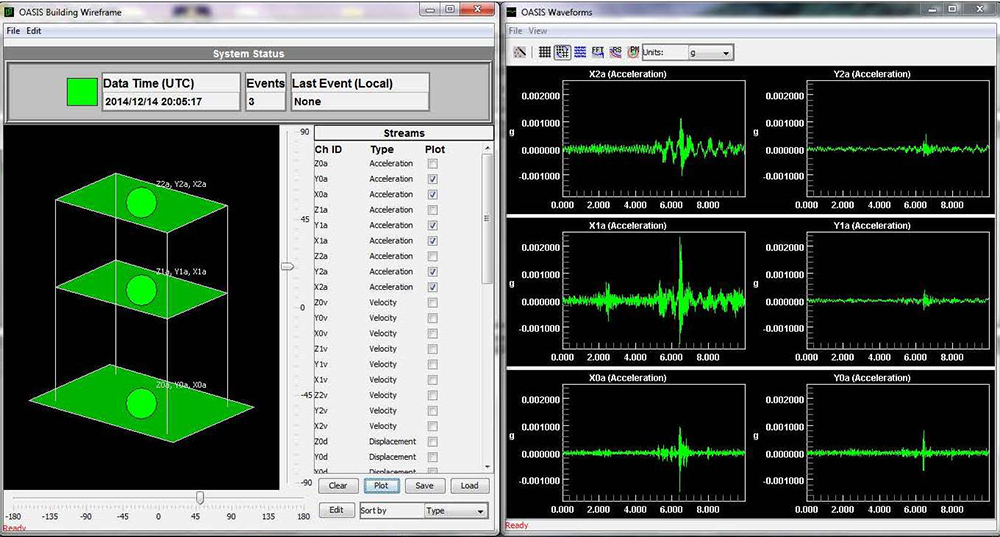
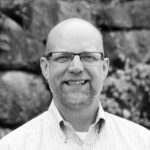
Great article…we need more of this. Thanks Bob
Reblogged this on Mind of a Future Femgineer.
Reblogged this on Mind of an IT Enthusiast.